What Does Reverse Osmosis Do?
Posted by Discount Water Softeners on Oct 26th 2021
Protecting our Drinking Water Quality
Fact: We need water to survive. Also a fact is that we need access to clean water to protect ourselves from illness. What is the easiest way to ensure tap water safety? As water resources around the world are compromised and becoming increasingly unstable, it’s become necessary to monitor our drinking water. Water can become unsafe for consumption for various reasons including pollution, climate change, and a rapidly growing population.

Unfortunately, tap water meant to be safe for drinking can be quite harmful when physical, chemical, and microbiological impurities from various water sources seep into our supply. Given the significance of water to sustain life, the use of a filtration device has become prudent. There are various methods to purify your drinking water; the method you choose will likely depend on your budget and your water quality expectations.
Municipal Water Standards
The Environmental Protection Agency (EPA) sets standards for tap water in homes throughout the U.S. However, these standards may not align with your personal water quality goals. For example, the EPA’s set maximum contaminant level for arsenic, a carcinogen, is .01 mg/L. This would be the highest contaminant level acceptable for human consumption according to the EPA. But even low levels of drinking water containing arsenic, over a period of time, is associated with diabetes and increased risk of cancers of the bladder, lungs, liver, and other organs. This means it’s possible to experience harmful effects from arsenic by drinking tap water that adheres to the EPA water quality standards.
Arsenic is only one of the few contaminants of concern. Arsenic, radium, fluoride, microbes, nitrates, uranium, TOC, metals, sulfates, calcium, magnesium, potassium, and phosphorous are all potentially harmful when found in drinking water. And while municipal water supplies must meet the requirements of the EPA Safe Drinking Water Act (established in 1974 to protect the quality of U.S. drinking water whether from above ground or underground sources) the distribution system can be subject to deterioration and possible leakage, compromising the quality of the water by the time it reaches your home.
Water Treatment Technology
We’re not properly guarded against toxins and our water may not be what it seems. What can we do about it? The EPA affirms Reverse Osmosis (RO) treatment as the best available technology to effectively and efficiently address multi-contaminant removal. So where did RO come from and is reverse osmosis good for you?
Osmosis was first observed in a laboratory in 1748 using a pig’s bladder as a membrane. Over the next 200 years, osmosis remained a laboratory-only phenomenon. In 1949, researchers began to search for a way to remove salt from seawater, and by the mid-1950s, fresh water was successfully produced using osmosis. In the early days of reverse osmosis, as with any new technology, many problems arose. But as membranes and engineering became more advanced, more and more RO systems were installed and operated with greater success. By 2001, over 15,000 desalination plants were up and running or in the planning stages.
Reverse Osmosis is a water purification process that uses a semipermeable membrane to filter out contaminants, sediments, and salt from drinking water. RO treatment creates water that is pure and clean down to a molecular level. This method uses membrane technology to remove ions, molecules, and particles from raw water. RO water is more than filtered water; installing a point of use or even whole house reverse osmosis water filter results in a limitless supply of better-tasting, healthier water for your family, while reducing your spending.
Why is Reverse Osmosis Drinking Water so Valuable?
Desalination technology has brought fresh water to areas of the world that have greatly benefited from a supply of sanitary, fresh water. Industrial and commercial development to these areas have also improved the health and welfare of its citizens. Countries, municipalities, the armed services, and ships have all benefited from reverse osmosis technology’s ability to produce fresh water by desalination. A lack of natural sources of fresh water has made RO invaluable for the health and welfare of our world.
As water scarcity becomes more prevalent, alternative sources of sustainable water will be crucial for bringing long-term resource and economic stability. Today, with the necessary understanding of feedwater source conditions, pre-treatment needs, and high-quality system engineering, reverse osmosis can be applied to almost any ground or surface water desalination and purification application.
Does Reverse Osmosis Remove Fluoride?
Fluoride molecules are larger than water molecules, therefore RO systems will effectively filter out fluoride ions from your drinking water. According to the American Dental Association, fluoride is normally added to municipal drinking water at a concentration of around 1 part per million, at which level it helps prevent tooth decay. Some ground water sources can naturally contain higher levels of fluoride caused by minerals that dissolve into the water. A fluoride level of 4ppm or higher can cause have the opposite effect on your teeth, causing tooth discoloration as well as other health concerns.
As with any substance, excess intake or exposure can be harmful. Although a low level of fluoride in water can reduce the prevalence of tooth decay in the local population, concerns have arisen regarding fluoride’s effect on health, including problems with bones, teeth, and neurological development. The World Health Organization (WHO) notes that long-term exposure to drinking water containing more than 1.5 ppm fluoride can lead to health problems.
Fluoride that is removed from water processed by reverse osmosis can be obtained in other ways. Many dental products contain fluoride, as well as most toothpastes. The fluoride in these products provides enough dental protection to inhibit tooth decay. Fluoride can also be found in many foods and drinks, such as certain fish or teas. While small amounts of fluoride can be beneficial in tooth decay prevention, good dental hygiene and the appropriate intake level of calcium is just as important in supporting dental health.
Is Reverse Osmosis Water Good For You?
Where you live, where your water comes from, (a well or municipal supply) safety regulations, and type of water treatment, are all factors that determine what could be lurking in your water. It is estimated that as many as 85,000 different chemicals end up in our water supplies and can include things like lead, pesticides, industrial chemicals, and heavy metals. Some contaminants are harmless, but others can lead to illness or long-term medical concerns.
Given how powerful and effective reverse osmosis systems are, it may be surprising to note that most all systems don’t use electricity to perform. RO systems use the water pressure in your home to naturally produce clean, pure, household drinking water at a 99% filtration efficiency rate.
RO is the perfect solution if you’re looking for outstanding water from a low-maintenance system that effectively provides the best-tasting, freshest water available. When you purchase a reverse osmosis water filter, you’re making a conscious decision to put your health first.


